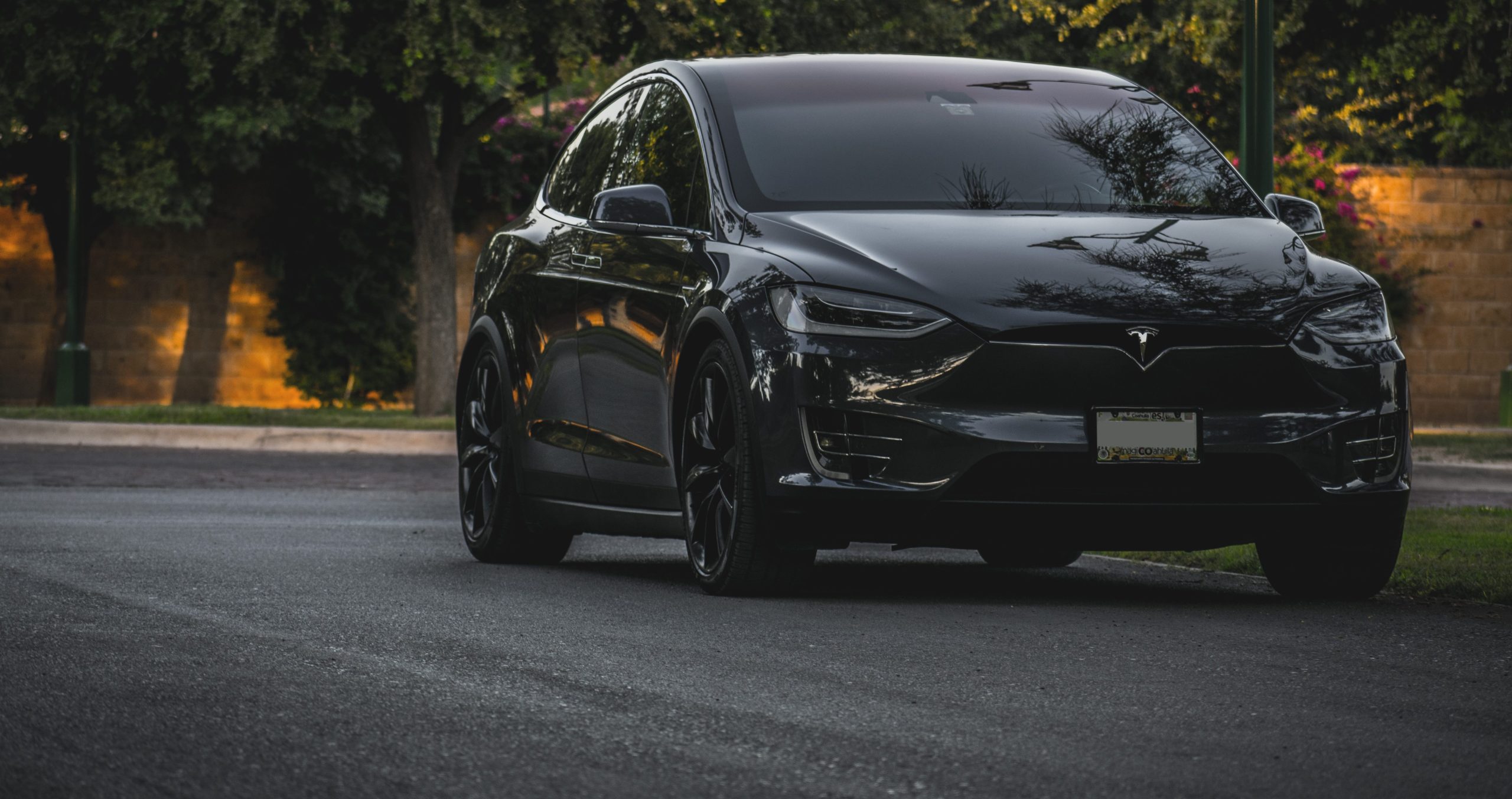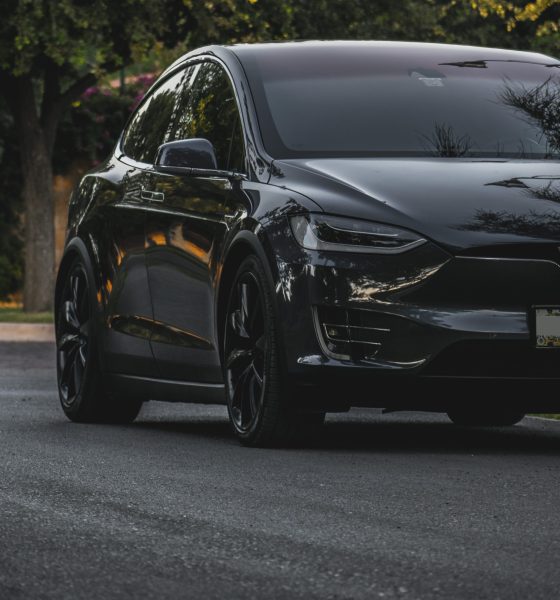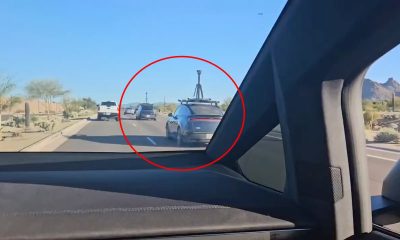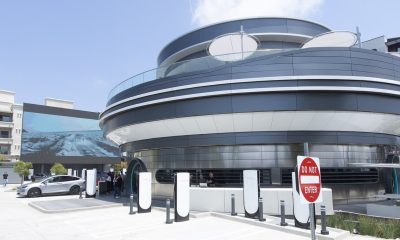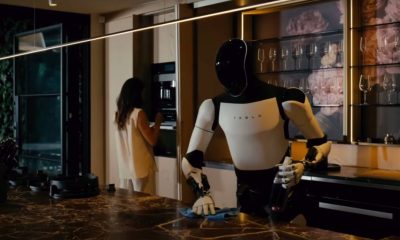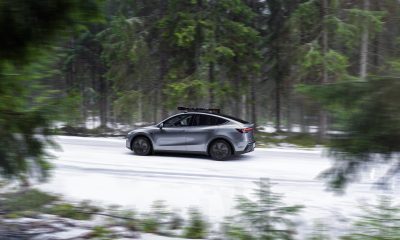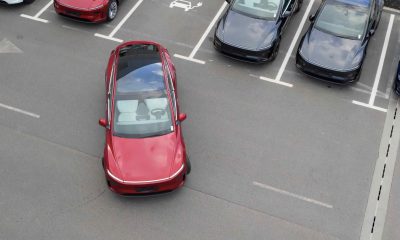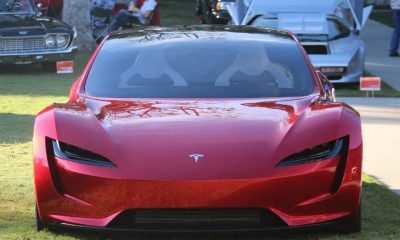A new report from Transport & Environment has estimated that one million electric vehicles are to be sold next year in Europe. Car manufacturers are ramping up efforts to sell EVs as the European Union’s goal of reducing CO2 emissions by the year 2021 is only halfway complete. The goal has been set into place since 2009.
“The climate emergency requires selling the last combustion engine car by the early 2030s, so governments need to focus on accelerating the switch to cleaner cars beyond what is required by the car CO2 law,” said Julia Poliscanova, director of clean vehicles at T&E. “Their focus should now be on rapidly electrifying company car and taxi fleets, tax schemes that reward buying zero-emission cars and penalizing those choosing gas guzzlers, and facilitating the roll-out of charging points at home, at work, and along motorways.”
T&E estimates that EV sales in 2020 will be around 5% of total vehicles sold, and they expect that number to double to 10% in 2021 depending on what tactics carmakers use in order to push EVs onto consumers. The report showed that manufacturers are preparing to offer more fuel-efficient, environmentally-friendly, affordable cars in order to reach Europe’s Car CO2 law goal.
Tesla has quickly become one of the most popular vehicles in all of Europe. Anticipating on helping the EU CO2 goal, Tesla announced on its official Twitter account on September 9 that its vehicles would be available for order in Iceland. The Silicon Valley-based company is ramping up its presence in Europe with the Model 3, and it has worked well. The Model 3 was recently named as the third best selling car in all of the UK. In Germany, Model 3 has pushed Tesla sales to over 400%.
Research has shown that the cause for rising CO2 levels comes from Europe’s thirst for SUVs. Since 2013, the surge in SUV sales has resulted in a 10-times increase in emissions. SUV manufacturers delayed their investments into researching clean-technology vehicles in order to increase sales of vehicles that are not environmentally-friendly. It is estimated that 44% of gases that are released into the air from European transport methods are coming from vehicles, and that number is steadily rising because of the tactics carmakers use to push gas and diesel cars.
New data from IHS Markit suggests that the tide may be turning and Europe will see a tripling in EVs by 2021. Carmakers will be able to reach the 2021 CO2 goal if they manage to fulfill plans to increase the production and sale of electric vehicles, whether they would be plug-in hybrid or zero-emission, fully electric models.
The electric revolution is in full swing in Norway, with 10,316 electric vehicles sold in March 2019, which made up 58.4% of total vehicle sales. Half of all EVs purchased was a Tesla Model 3.
News
Tesla Robotaxi test units spotted in new region ahead of launch
These validation units are used to gain additional data for Tesla’s internal use, or even potentially for regulatory purposes that the company can share with agencies that will eventually grant a license to operate Robotaxi in the state.
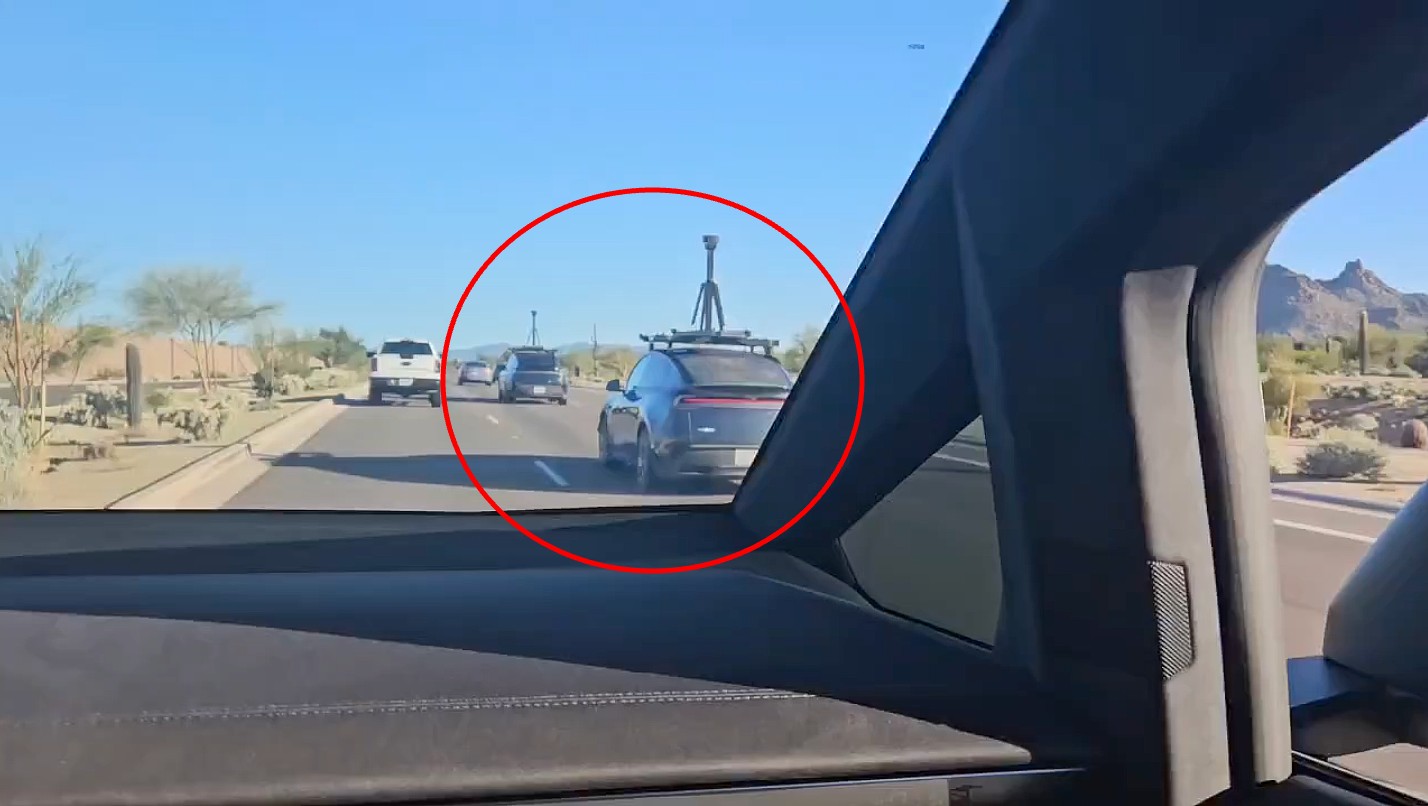
Tesla Robotaxi test units are being spotted in various new regions ahead of their launch in new states. Tesla is aiming to launch in at least a few new states in the coming months as it is ramping up hiring for the Robotaxi program and aiming to expand its ride-hailing service.
Already active in Austin, Texas, and the California Bay Area, Tesla is looking to expand its Robotaxi operations to new states. It’s had its eyes set on Nevada, Florida, and Arizona, which have seemed to have the most movement of the three prospects over the past month or so.
That trend is continuing.
Earlier this month, we reported on two Robotaxi units spotted testing with LiDAR rigs for ground truth validation in Gilbert, Arizona. Noted Cybertruck owner and enthusiast Greggertruck spotted the two units traveling on a highway.
Now, those same two units, or at least they appear to be, were spotted in Scottsdale, which is also a suburb of Phoenix, like Gilbert is, with the same LiDAR rigs:
Real world AI coming to Scottdale! Tesla robotaxi spotted beginning testing! @SawyerMerritt @elonmusk @CuriousPejjy pic.twitter.com/D2eUmQsiao
— MpWraps (@MWraps30584) October 29, 2025
These validation units are used to gain additional data for Tesla’s internal use, or even potentially for regulatory purposes that the company can share with agencies that will eventually grant a license to operate Robotaxi in the state.
Tesla is not a company that utilizes LiDAR for its everyday self-driving efforts, as it has utilized only cameras for the past several years.
Tesla Vision, as the company calls it, is what CEO Elon Musk feels is needed to achieve a fully autonomous network of vehicles, which will eventually need zero supervision for passenger transportation.
LiDAR is utilized by other companies, like Waymo, but Tesla has maintained that it is not necessary for several years. Musk has called it a “crutch” for achieving the proper self-driving tech, and the company only uses it for an additional bit of data.
Tesla has been operating its Robotaxi service in Austin since late June, and it has expanded its service area in the city to nearly 300 square miles, with its most recent expansion occurring earlier this week.
Elon Musk
Tesla’s popular side business is going to get bigger, Elon Musk says
It took several years to get the Diner developed, built, and opened. On July 21, Tesla launched the Diner to the public at 4:20 p.m. local time (of course), after years of development. Musk first offered the idea of a drive-in Supercharger Diner back in December 2018.
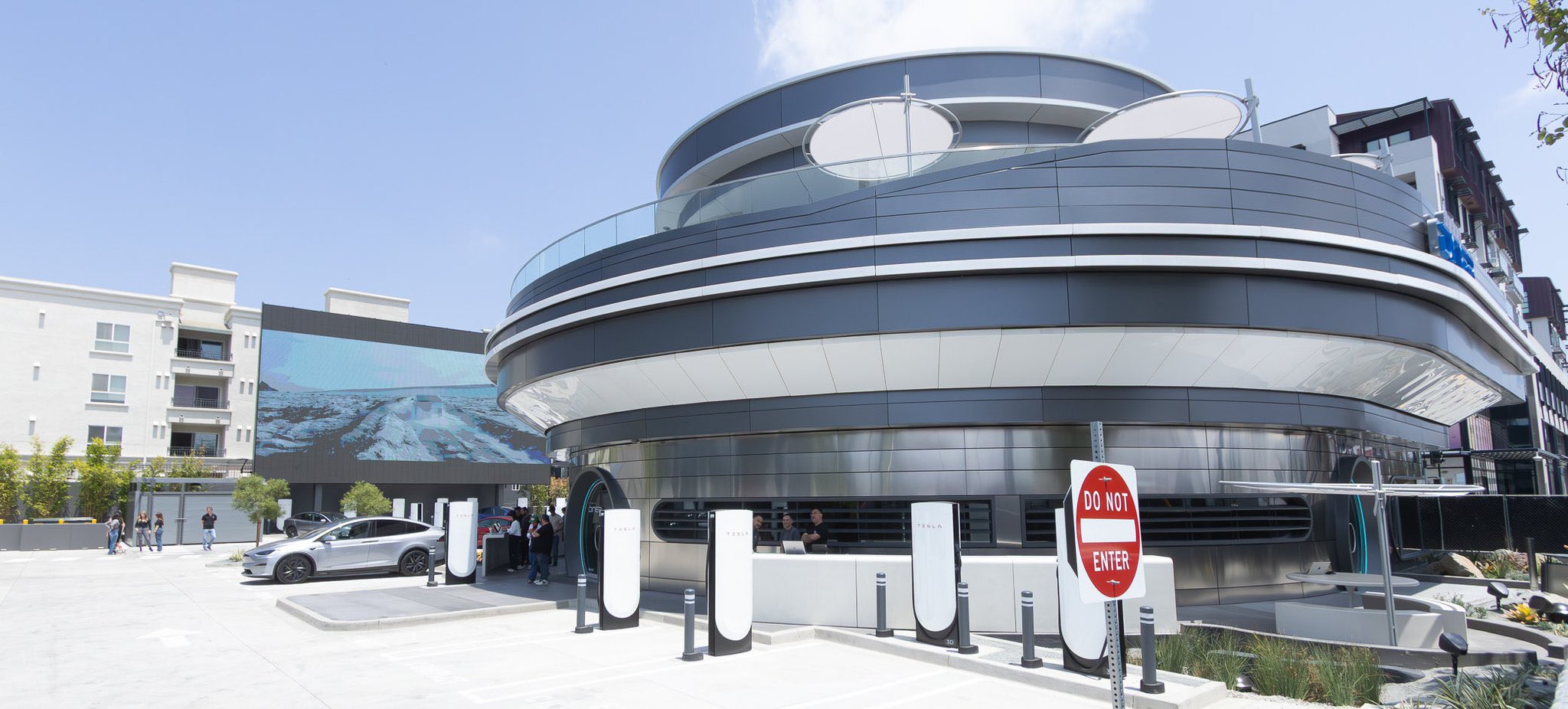
Tesla will open two new Diner locations in the United States after its first location in Los Angeles has been a raging success, as it is constantly packed and serving food for 24 hours a day, every day.
Tesla CEO Elon Musk said that the initial Diner location on Santa Monica Boulevard is “going well,” and based on reviews and its constant out-the-door lines, it is safe to say it has been a major outlet of interest for people in the area.
It features two massive movie screens, a menu that is locally sourced and has been created by a world-class chef, and Supercharging for EVs. It truly is the perfect stop for those who are hungry, need entertainment, or need a quick charge.
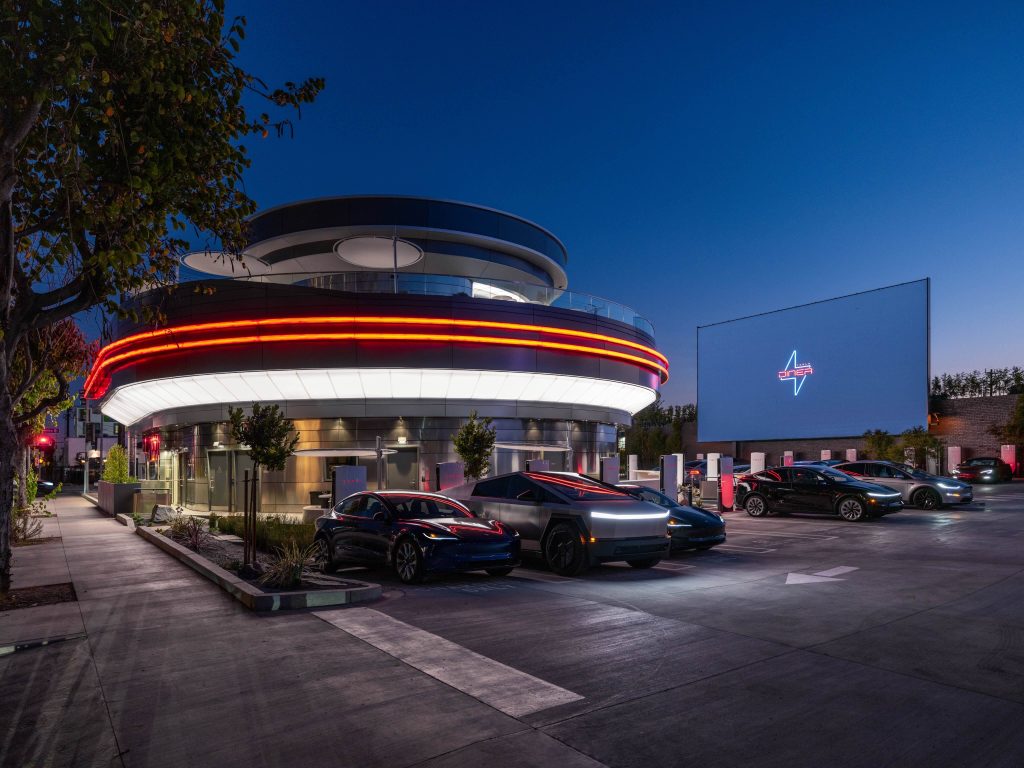
Credit: Tesla
So far, Tesla has not released too many details on the success of the restaurant, but it did state in a graphic for its Q3 Supercharging stats that it sold roughly 50,000 burgers at the Diner in Q3, roughly 715 each day. Burgers are not the only thing on the menu, either.
With how well it has gone, Musk is now considering the possibility of new locations that are notable to Tesla, including Austin and Palo Alto.
On Friday, Musk revealed he believes it “probably makes sense to open one” near Gigafactory Texas and Engineering HQ in Palo Alto:”
The futuristic Tesla Diner is going well. Probably makes sense to open one near our Giga Texas HQ in Austin and engineering HQ in Palo Alto. 😋 https://t.co/l0DUtR8CFg
— Elon Musk (@elonmusk) October 31, 2025
It took several years to get the Diner developed, built, and opened. On July 21, Tesla launched the Diner to the public at 4:20 p.m. local time (of course), after years of development. Musk first offered the idea of a drive-in Supercharger Diner back in December 2018.
By 2023, Tesla had secured building permits and broken ground on the site in September of that year.
Since its launch, it has been a popular hotspot for Tesla fans and others to visit, although it has attracted unwanted attention from protestors as well.
Cringey protestors are outside the Tesla Diner in Los Angeles singing “Elon Musk has got to go”
These people are absolutely nuts pic.twitter.com/LZ0U6rpMIn
— TESLARATI (@Teslarati) October 27, 2025
They look hungry. If they walked inside and ordered some food, maybe they’d stop yelling into microphones and threatening Musk.
Elon Musk
Elon Musk’s AI empire grows as xAI leases Palo Alto space near Tesla
The expanding footprint of Elon Musk’s companies in Palo Alto bodes well for the CEO’s plans in the area.
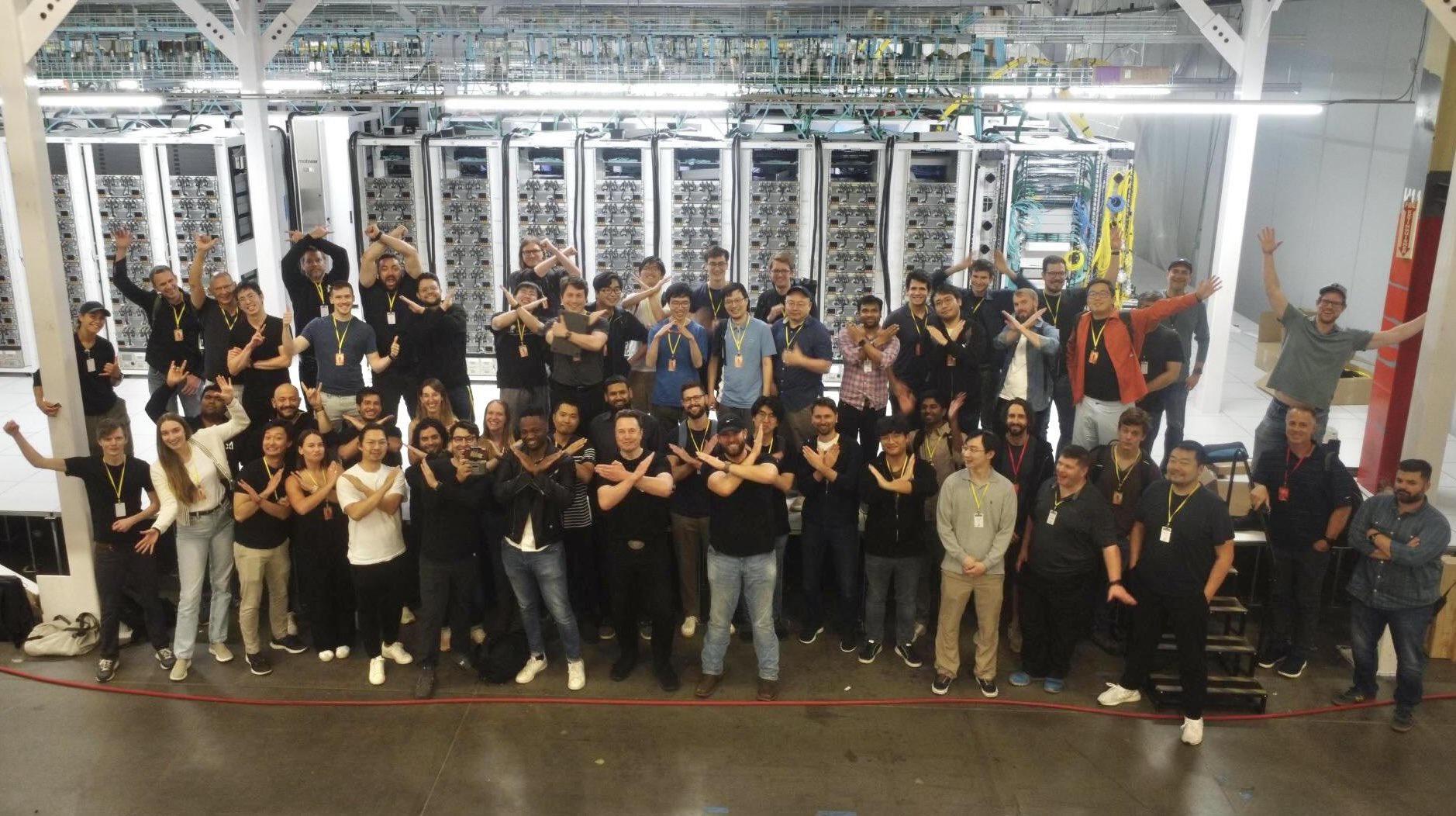
Elon Musk’s artificial intelligence startup, xAI, is expanding its Silicon Valley footprint, leasing roughly 105,000 square feet of office space at Palo Alto’s Page Mill Center, just blocks away from Tesla’s engineering complex.
Musk’s deepening Silicon Valley footprint
People familiar with the matter have informed the San Francisco Business Times that xAI’s lease at Page Mill Center may already have been finalized, adding to the company’s existing headquarters at 1450 Page Mill Road. The two offices share a parking lot, reflecting Musk’s strategy of consolidating his ventures. Tesla’s engineering hub is also just a few blocks away.
The new offices form a growing cluster of Musk-led companies in the heart of the Valley and come as xAI has listed over 250 job openings. These include listings for engineers, designers, and technical staff, among others.
xAI’s aggressive hiring push hints at rapid scaling, which makes quite a lot of sense considering the company’s ambitious projects. xAI oversees the large language model Grok and other AI initiatives such as the newly launched Grokipedia, and the startup has also acquired the social media platform X. Real estate owner Hudson Pacific Properties, the owners of Page Mill Center, have so far declined to comment.
AI demand and Silicon Valley’s office rebound
Silicon Valley’s office market, long subdued by remote work trends, is seeing renewed activity from AI firms. Hudson Pacific told investors this summer that tenant demand has reached a three-year high, with over half of new leases driven by artificial intelligence companies. Vacancy rates have now fallen for four straight quarters to 16.6% as well, CBRE reported.
The expanding footprint of Elon Musk’s companies in Palo Alto bodes well for the CEO’s plans in the area. Musk, after all, has previously butted heads with officials, resulting in his two biggest ventures, electric vehicle maker Tesla and private space company SpaceX, officially relocating their headquarters to Texas.
-

 Elon Musk2 weeks ago
Elon Musk2 weeks agoSpaceX posts Starship booster feat that’s so nutty, it doesn’t even look real
-

 Elon Musk2 weeks ago
Elon Musk2 weeks agoTesla Full Self-Driving gets an offer to be insured for ‘almost free’
-

 News2 weeks ago
News2 weeks agoElon Musk confirms Tesla FSD V14.2 will see widespread rollout
-

 News2 weeks ago
News2 weeks agoTesla is adding an interesting feature to its centerscreen in a coming update
-

 Elon Musk2 weeks ago
Elon Musk2 weeks agoTesla CEO Elon Musk’s $1 trillion pay package hits first adversity from proxy firm
-

 News2 weeks ago
News2 weeks agoTesla might be doing away with a long-included feature with its vehicles
-
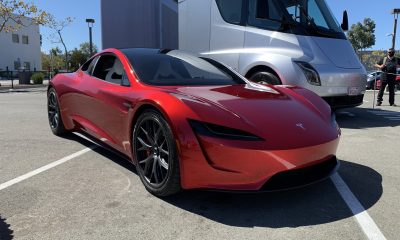
 News2 weeks ago
News2 weeks agoTesla updates fans on its plans for the Roadster
-
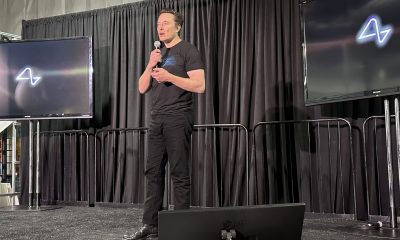
 Elon Musk2 weeks ago
Elon Musk2 weeks agoAfter moving Tesla to Texas, Elon Musk is back in the Bay Area with Neuralink expansion

